Coolest Projects International 2018
Like many engineers, I have folder upon folder of half-completed projects on my computer. But the funny thing is that this wasn’t a problem for me as a child. Every other Friday evening, I’d spend two hours at Ilkley Computer Club, where I could show off whatever I’d been working on: nothing motivates you to actually finish a project like the opportunity to share it with an audience.
Raspberry Jams, Code Clubs, and CoderDojos all provide children (of all ages: we’re looking at you, Peter Onion) with a place where they can learn, share ideas, and make cool stuff with code and computers. But you can get so involved with the things you’re working on that you forget to take a step back every once in a while to look at what you’ve accomplished. And what do you do when you’ve shown your project to everyone you know, and you fancy a shot at a slightly larger audience?
Enter Coolest Projects International, now in its seventh year. Here’s a video that captures about 1% of the awesomeness of being there in person.
Coolest Projects brings Ninjas from CoderDojos across the globe together in Dublin for a chance to share their work with the world, and to compete to be coolest in one of several categories:
- Scratch projects
- Websites
- Games
- Mobile apps
- Hardware
- Evolution (basically, next-level stuff)
At this year’s event, more than 1000 children presented projects, from 15 countries including Argentina, Bulgaria, Italy, Japan, Romania, and Spain.
This is it! #CoolestProjects pic.twitter.com/eoepjNWLsC
— Raspberry Pi (@Raspberry_Pi) May 26, 2018
And for the first time, Coolest Projects was open to Raspberry Jam and Code Club members, and to the broader Raspberry Pi community.
Liz, our daughter Aphra, and I spent the day at the event, along with the CoderDojo team, what felt like half the Raspberry Pi Foundation, keynote speaker Pete Lomas, and the most amazing army of volunteers. Between chugging slushies, I had the opportunity to judge hardware projects with Noel King, CoderDojo volunteer and co-founder of Coolest Projects. Noel provided the judges with a pep talk at the start of the day. He reminded us that the aim wasn’t necessarily to find the most complete, or polished, or technically audacious project, but to seek out creativity: the project that does something unique, or does something you’ve seen before but in a unique way.
- excited about computing!
To my mind, the focus on creativity is what sets Coolest Projects apart. This is, after all, a contest that aims to “empower and inspire the next generation of digital creators, innovators, changemakers, and entrepreneurs”, and that recognises that each of those activities is, at heart, a creative pursuit.
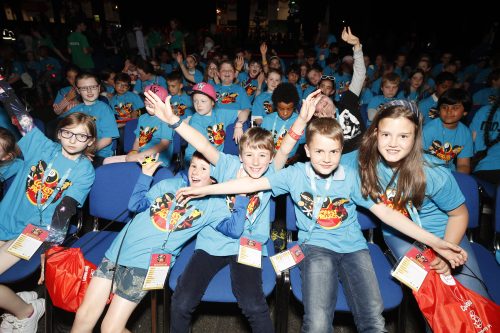
Unsurprisingly, given the strength of the field, judging went on for some time. Each category’s winner and runner-up were exceptional, and there were countless other projects that didn’t quite make the cut but that I’d be proud to have made myself. Where were these folks when I was a teenager?
You can see the winners and runners-up in each category on the Coolest Projects website, and you should also check out the winners of the six special prizes. One that especially struck me was Selin Alara Ornek’s project, iC4U, a robot guide dog that she developed at her local CoderDojo in Turkey.
While Coolest Projects started in Dublin, it’s now an international phenomenon. In the last couple of months we’ve seen Coolest Projects regional events in Belgium, Romania, and the UK.
In September we’ll be holding the inaugural Coolest Projects North America at the Discovery Cube in Orange County.
Coolest Projects began as a volunteer-run event, and we’re immensely privileged to have this wonderful showcase for our community. We are enormously grateful to all the staff and volunteers who continue to give huge amounts of their time, effort, and talent every year to make it the wonderful event that it is. Thank you, all of you.
Events like these give me hope that the future of our industry will be every bit as exciting, and vastly more diverse, than our past and present. If you have a chance to participate in one of them, I think you’ll come away feeling the same.

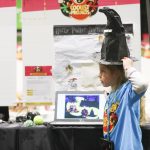
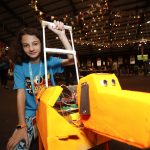
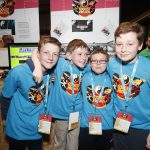
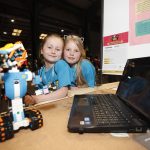

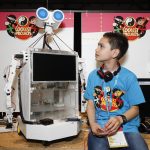
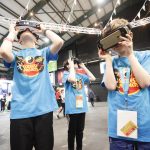
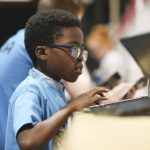
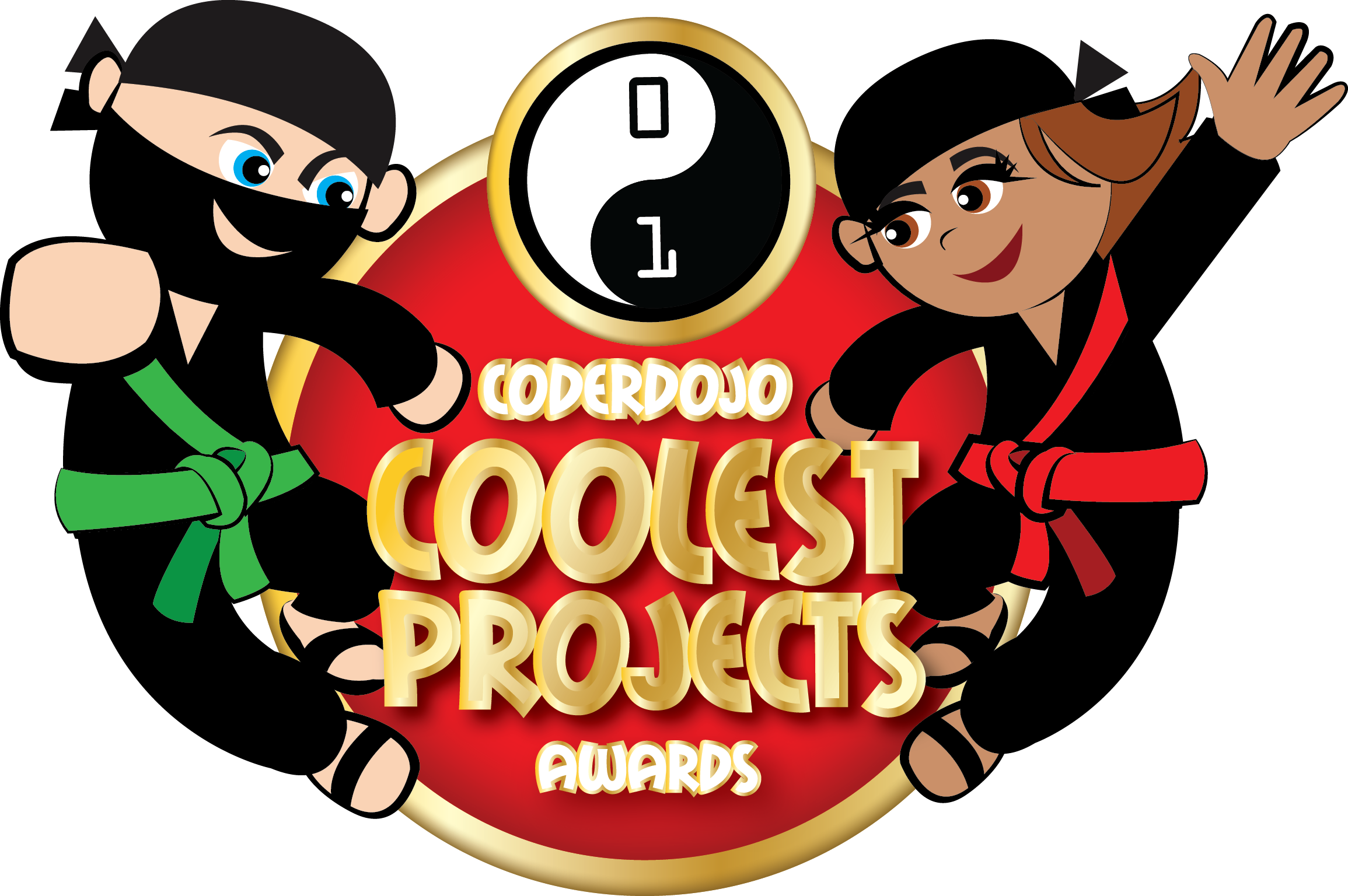
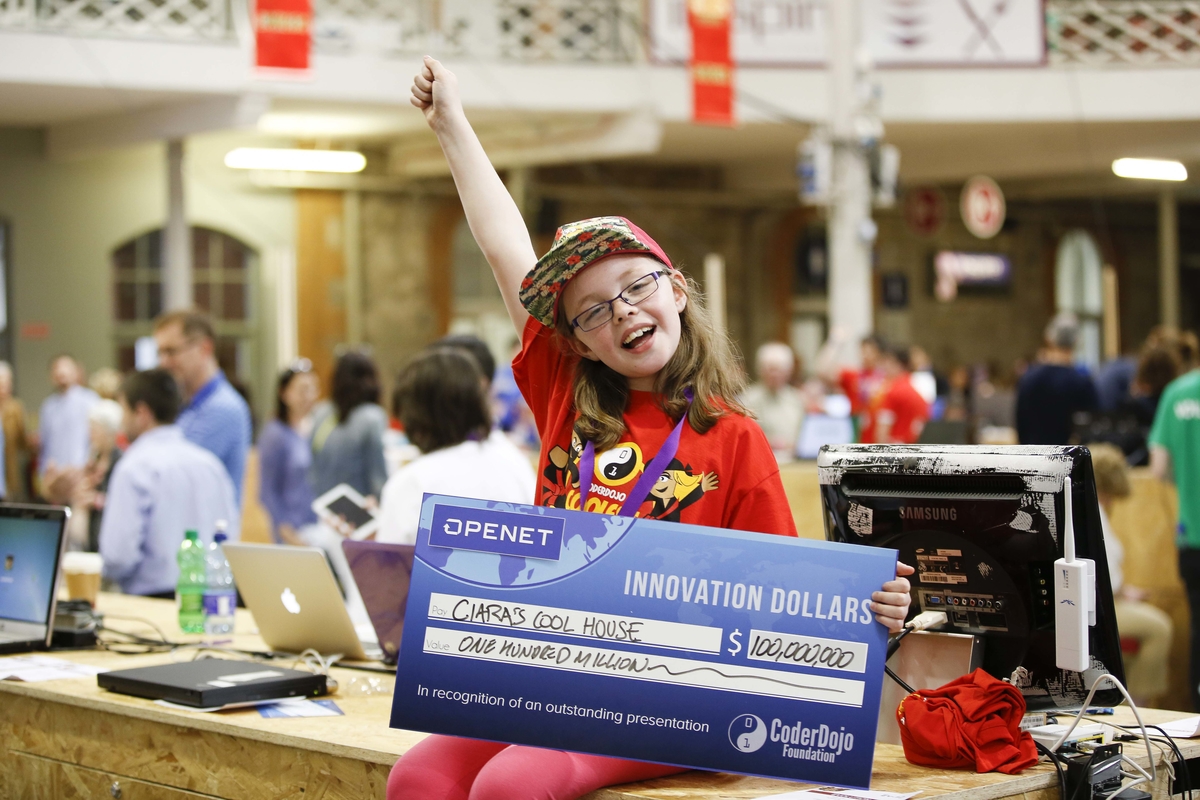
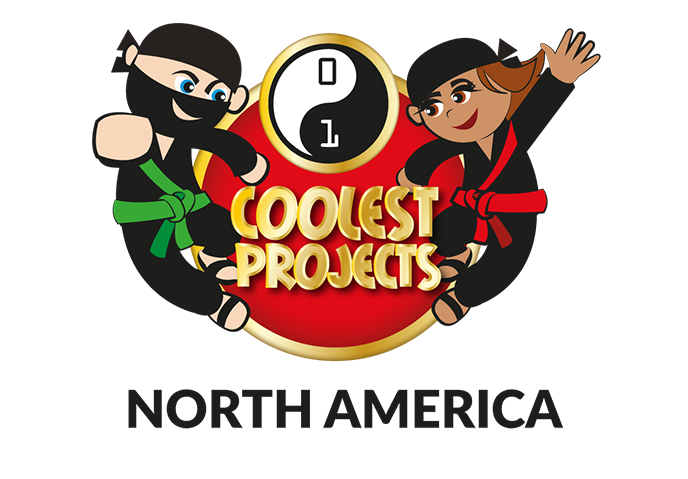
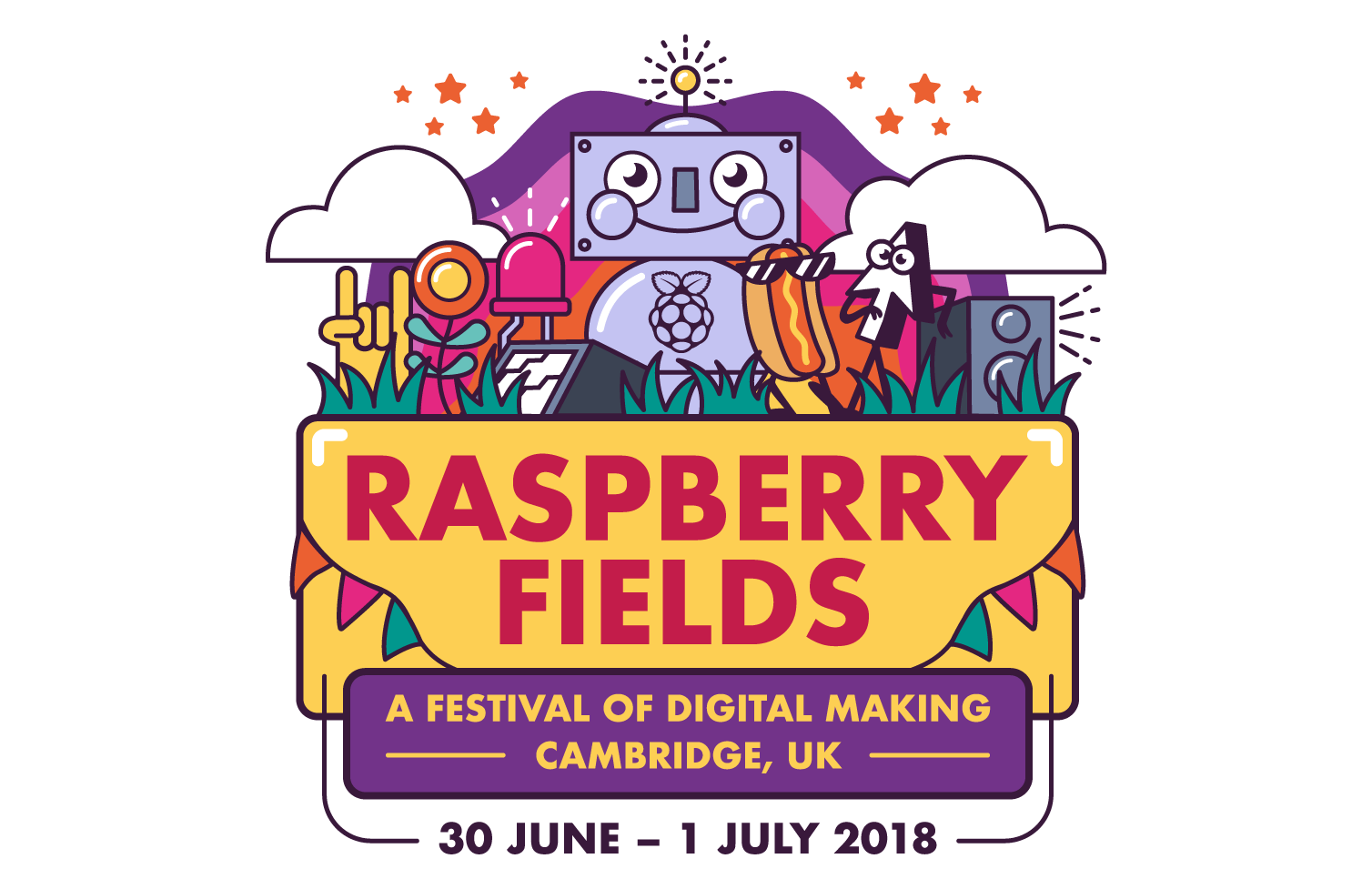
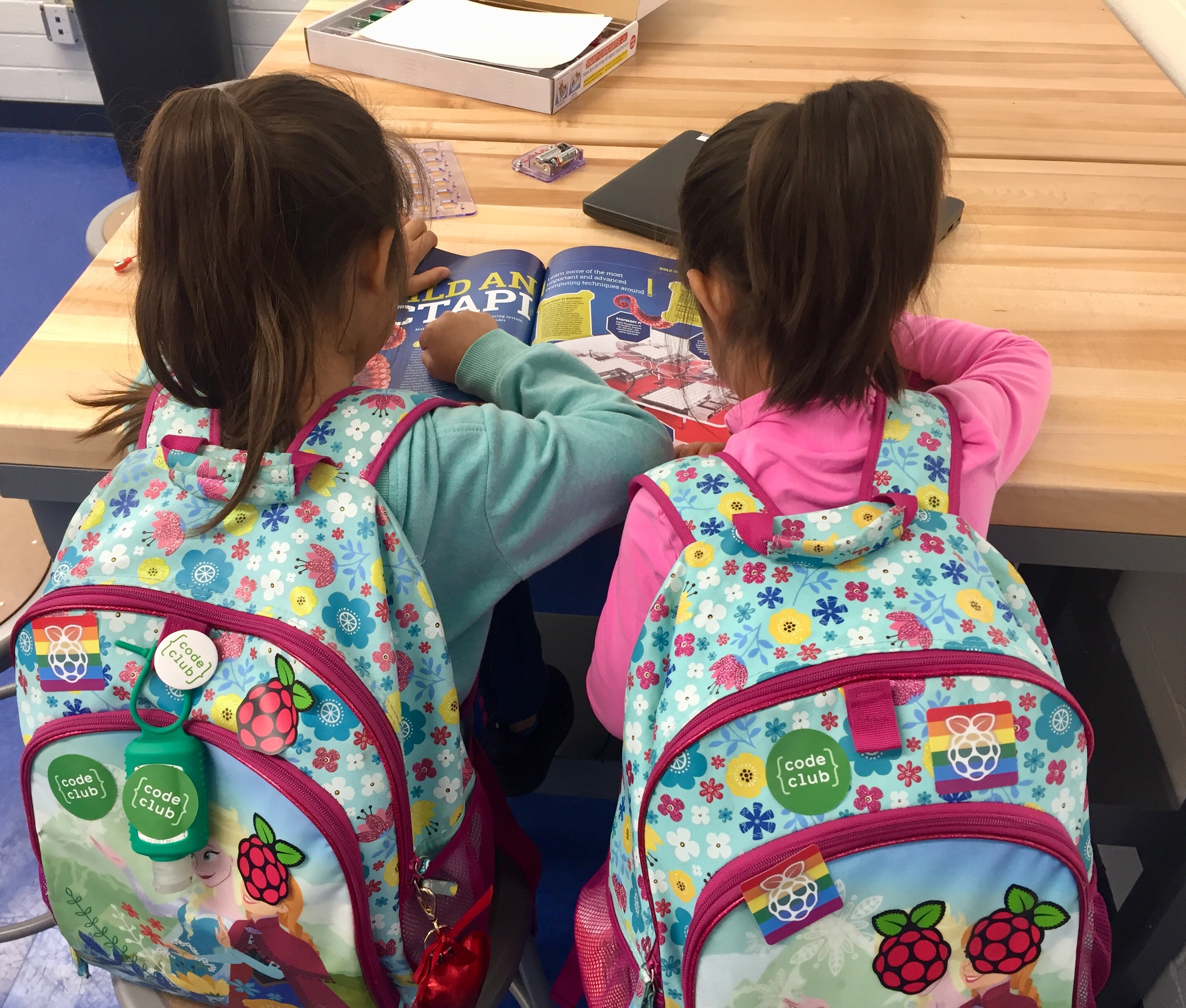
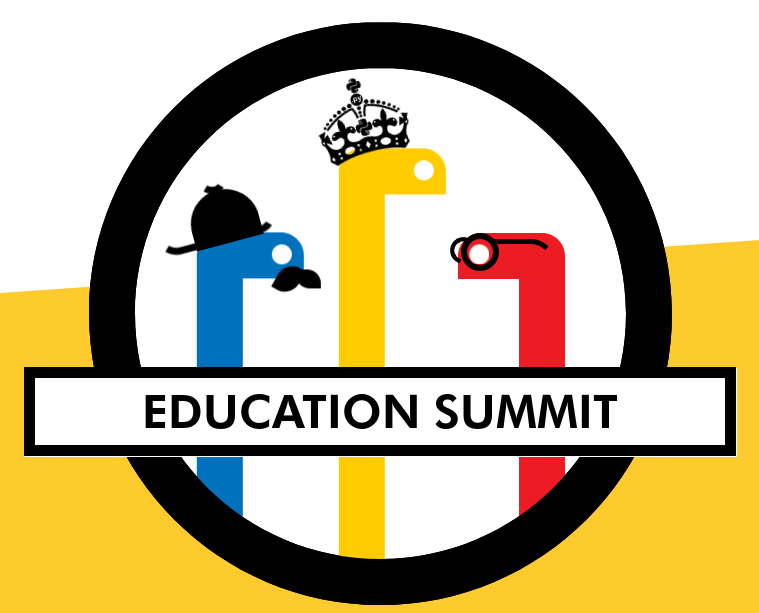
8 comments
Sheena
I really love that you are all expanding the scope of what you’re doing for the Maker movement, and reaching so many kids. I hadn’t heard of Coder Dojo before Raspberry Pi got involved, and it sounds amazing. Are there resources for starting one in my kids school? There is nothing like this where I live, and my children are not the right age for Code Club.
Raspberry Pi Staff Eben Upton — post author
There’s some great material here:
https://coderdojo.com/start-a-dojo/
One of the wonderful things about Coder Dojo is how lightweight the process for starting one is. You don’t need our permission: just find your venue, plan the Dojo using our free resources, tell your friends and get going.
Raspberry Pi Staff Janina Ander
Thank you, Sheena! Yes, we have lots of resources for starting a Dojo.
If you want to dive right in, head to the Start a Dojo section of the CoderDojo website, which will walk you through registering and setting up a club.
The CoderDojo Foundation has also put together a free handbook for people starting a Dojo, which you can download from this page.
And if you’d like to, you can sign up for our free online course Start a CoderDojo club — there’s an introduction to it in this blog post of ours.
lafcadio
I would love to know what sort of projects Eben was making as a teenager!
Raspberry Pi Staff Eben Upton — post author
Oh yikes. Mostly games. Sadly very little has survived into the present day due to clumsiness, multiple house moves and the inherent unreliability of 3.5″ floppy disks. I had an Amiga for two and a half years from the age of fourteen until I left home, and much of my favourite work was done on that:
– A game called Arcturus, which was loosely inspired by Sinistar.
– A two-player Cannon Fodder/Syndicate-type game called Vanishing Point.
Like I say, I really wish I had either of those. I spent some time today looking for a copy of the (I think) New Zealand-based disk magazine that I did an interview with about them, but no dice. Sadface.
Mark
This is great to hear the event will be coming to SoCal. (Silicon Valley always seems to get most of the fun!). That is only an hour drive away for me. Can anyone attend just to observe and check out the “cool” projects? If so, got my end-of-the-summer day trip with the kids covered..
Courtney Lentz
Hi Mark!
This family and educator friendly event is free for everyone to attend but you’ll need to register for tickets here.
And hey, if your kids are between the ages of 7-17, making something with tech or have an idea for a project build we’d love to have them join us in the project showcase. You can visit our project registration site for more participation details.
If you have additional questions please email us at northamerica@coolestprojects.org.
We hope to see you in September!
Raspberry Pi Staff Eben Upton — post author
We couldn’t let Silicon Valley have all the fun. Particularly as BCM2837 (which powers Pi 3 and Pi 3+) is in large part a SoCal product, developed by our Broadcom buddies on the UCI Research Park.